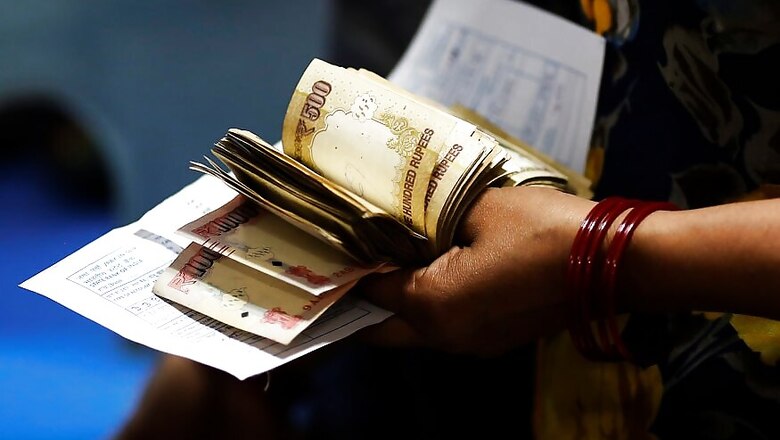
views
New Delhi: Md Shamim Israel is a well-to-do farmer from the soil-rich district of Lakhimpur in Uttar Pradesh. But now he finds himself in the middle of crisis. Like lakhs of other farmers across the state, Israel has not been able to buy seeds and fertilisers, or pay for labour as he finds himself running out of ready, legal cash.
“The entire focus is on banking crisis and essential services in urban areas. No one is bothered about the crisis that farmers and the rural economy has been pushed into,” says Professor Sudhir Panwar of Lucknow University, who is also a member of the State Planning Commission.
Anurag Yadav, a farmer and social activist, says a farmer needs at least Rs 8,000 to tend to one bigha or approximately 27,000 square feet land. This covers the cost of ploughing, labour and purchase of seeds and fertilisers. The farmer would need around 30kg Urea and 25kg of seeds. So even a farmer with only a few bighas would need Rs 25,000 to Rs 50,000 in the sowing season, says Yadav.
“We were hoping for a bumper harvest of Rabi crop after the good monsoon this season. But the situation is bad now. I am unable to sell my kharif crop. Even if I had sold it, how would I buy seeds and fertilisers and pay for labour with worthless Rs 100 and Rs 1,000 notes,” asks Ahamad.
Agriculture in Uttar Pradesh, which goes to the polls early next year, accounts for 20% of the state’s GDP and 50% of the state’s population is dependent on the rural economy.
Prashant Trivedi, assistant professor at Lucknow-based Giri Institute of Social Studies says, “In UP, around 85 percent farmers are either poor or marginalised. Economy in the rural sector is still not that engaged in banking. Hence, demonetisation is bound to have an adverse effect there.”
He, too, thinks the government should allow the use of old Rs 500 and Rs 1,000 notes for the procurement of seeds and fertilisers. “It's the need of the hour. Seems as though policy makers didn't keep the farming sector in mind while planning the move.”
Scarcity of bank branches in rural areas has compounded the problem. The existing branches are awaiting the arrival of new notes.
A visit to Kumhrawan village 30km from Lucknow shows the extent of the problem. The village has just two banks to cater to people living in the 10-km radius.
















Comments
0 comment